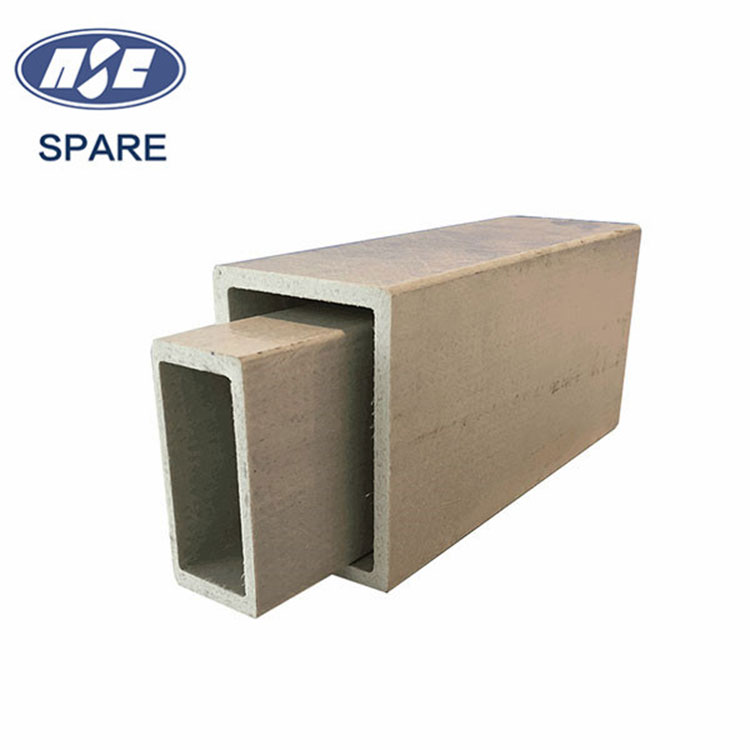How strong is FRP Standard Profile?
2024-06-11
Fiber Reinforced Polymer (FRP) standard profiles are renowned for their high strength-to-weight ratio, making them a strong and versatile material for many applications. The strength of FRP profiles depends on several factors, including the type of fibers used (glass, carbon, aramid), the resin matrix, the manufacturing process, and the specific profile shape and dimensions. Here's an overview of the factors influencing the strength of FRP profiles and some typical strength metrics:

Factors Influencing Strength
1. Type of Fiber Reinforcement:
- Glass Fiber (GFRP): Commonly used due to its good balance of strength, cost, and weight. Typical tensile strength is around 500-900 MPa.
- Carbon Fiber (CFRP): Offers higher strength and stiffness but at a higher cost. Typical tensile strength can range from 1,500 to 3,500 MPa.
- Aramid Fiber (AFRP): Known for high impact resistance and good tensile strength, around 1,000-3,000 MPa.
2. Resin Matrix:
- Polyester: Commonly used for cost-effective solutions, offering good general properties.
- Vinyl Ester: Provides better chemical resistance and improved mechanical properties.
- Epoxy: Offers superior mechanical properties and chemical resistance but is more expensive.
3. Manufacturing Process:
- Pultrusion: A common process for producing FRP profiles, ensuring high fiber content and consistent quality.
- Hand Lay-Up: Used for custom shapes but may have more variability in strength.
- Filament Winding: Often used for pipes and pressure vessels, providing high strength in the direction of the winding.
4. Profile Shape and Dimensions:
- Structural profiles like I-beams, channels, and tubes are designed to provide high strength and stiffness in specific loading conditions.
- The specific design and dimensions will affect the overall mechanical performance.
Typical Strength Metrics
The mechanical properties of FRP standard profiles can vary, but here are some typical values:
- Tensile Strength:
- GFRP: 500-900 MPa
- CFRP: 1,500-3,500 MPa
- AFRP: 1,000-3,000 MPa
- Compressive Strength:
- GFRP: 250-500 MPa
- CFRP: 1,000-1,500 MPa
- Flexural Strength:
- GFRP: 600-1,200 MPa
- CFRP: 1,500-3,000 MPa
- Shear Strength:
- GFRP: 150-300 MPa
- CFRP: 200-500 MPa
Applications Demonstrating Strength
- Construction: FRP beams and channels are used in load-bearing structures, often replacing steel in corrosive environments due to their comparable strength and lighter weight.
- Bridges: FRP decking and reinforcements can handle significant loads while being easier to install due to reduced weight.
- Marine: FRP profiles are used in seawalls, docks, and shipbuilding, where they withstand harsh marine conditions while providing necessary structural integrity.
- Industrial: Chemical plants use FRP pipes and tanks because they handle internal pressures and resist chemical attack without compromising structural strength.
Conclusion
FRP standard profiles offer high strength relative to their weight, making them suitable for a wide range of demanding applications. Their strength varies depending on the specific type of fiber and resin used, the manufacturing process, and the profile design. Overall, FRP profiles provide a robust and durable solution that competes favorably with traditional materials like steel and aluminum, especially in environments where corrosion resistance and weight savings are critical.


